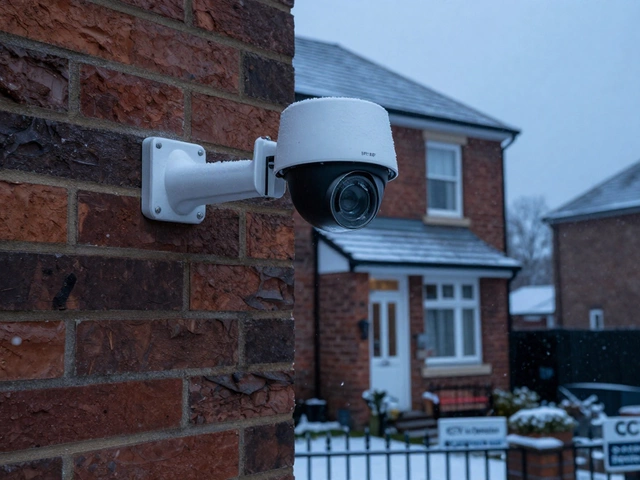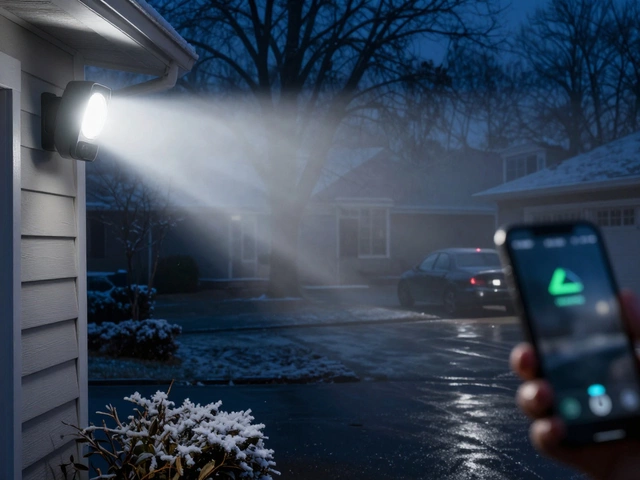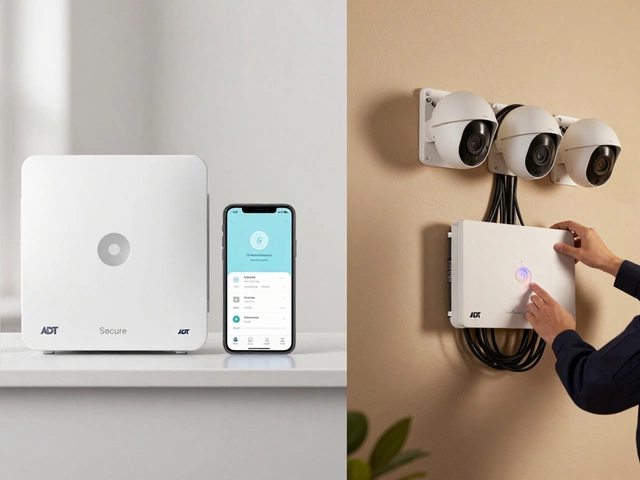Night Vision Equipment: What You Need to Know Right Now
Ever wondered how some places look crystal clear even when it’s pitch‑black outside? That’s night vision equipment doing its magic. Whether you’re protecting a house, a shop, or a warehouse, seeing in the dark stops burglars before they even think about getting close. In this guide we’ll break down the basics, show you the main types of gear, and give you straight‑forward tips so you can choose the right kit without getting lost in tech jargon.
Why Night Vision Matters for Everyday Security
Most break‑ins happen after sunset, so a normal camera that needs light ends up blind at the worst moment. Night vision gear fills that gap. Infrared (IR) lights bounce off objects and the camera sensor picks up the reflected glow, giving you a black‑and‑white picture that’s surprisingly detailed. Thermal imaging goes a step further: it reads heat signatures, so you can spot a person even through fog, smoke, or light foliage. This kind of visibility makes it a lot harder for intruders to hide, and it gives you solid evidence if anything goes wrong.
Choosing the Right Night Vision Gear
Here’s a quick cheat‑sheet to help you pick:
- IR Cameras: Best for indoor spots like hallways or a backyard fence. Look for a range of at least 30‑40 feet and a built‑in IR LED array.
- Thermal Sensors: Ideal for large outdoor areas, warehouses, or places with a lot of visual clutter. A resolution of 640×480 pixels gives clear heat blobs.
- Hybrid Units: Some modern models combine IR and thermal, letting you switch modes depending on the situation.
- Power Source: Decide between wired (reliable, continuous power) or battery‑operated (easy to place, but watch battery life).
- Integration: Choose gear that works with your existing alarm panel or smartphone app. Push notifications are a lifesaver.
Don’t forget weather protection. A good IP rating (IP66 or higher) keeps the unit safe from rain and dust, which is a must in the UK climate.
Once you have the hardware, set it up right: angle the camera to cover entry points, avoid direct sunlight that can wash out the IR glow, and test the motion detection sensitivity. A quick test at night will show if you need to adjust the range or add extra lights.
Finally, think about storage. Most night vision cameras record to local SD cards or to the cloud. Cloud storage usually includes encrypted backups and easy playback, while local storage saves on subscription fees. Pick whatever fits your budget and privacy comfort level.
Night vision equipment isn’t just for high‑tech security firms – it’s a practical tool you can install yourself. With a couple of well‑placed IR cameras or a single thermal sensor, you’ll turn darkness into a reliable ally. Ready to make the night your friend? Start by checking the specs, match the gear to your property’s shape, and you’ll have a solid security layer that works 24/7.






